This is the third in a series on how to build a rainwater harvesting system. Click to read the first and second articles on this topic.
 After the first flush device, secondary screening is needed before raw rainwater enters the storage tank or cistern. A fine mesh stainless steel screen should be ordered with your rainwater storage tank. Be sure each tank that is receiving rain from a downspout has a screen. The screen is easily removed for periodic cleaning.
After the first flush device, secondary screening is needed before raw rainwater enters the storage tank or cistern. A fine mesh stainless steel screen should be ordered with your rainwater storage tank. Be sure each tank that is receiving rain from a downspout has a screen. The screen is easily removed for periodic cleaning.
During pollen season, a layer of cheesecloth or a manufactured cloth filter liner should be installed to keep pollen out of the storage area. Both cheesecloth or the cloth filter can be rinsed and reused many times before a replacement is needed.
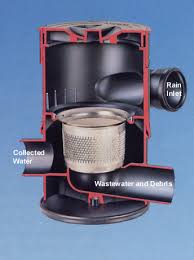 A vortex filter for underground transfer from gutter to a sump tank is a good way to remove debris before rainwater is pumped to the cistern. Only periodic cleaning of the vortex filter is needed. Vortex filters should meet the roof size requirements to work effectively and installed per the manufacturer’s recommendations. A vortex filter can be used instead of a first flush device when mounted between the gutter and the cistern.
A vortex filter for underground transfer from gutter to a sump tank is a good way to remove debris before rainwater is pumped to the cistern. Only periodic cleaning of the vortex filter is needed. Vortex filters should meet the roof size requirements to work effectively and installed per the manufacturer’s recommendations. A vortex filter can be used instead of a first flush device when mounted between the gutter and the cistern.
Don’t forget to check the box below to subscribe to posts be sure updates on rainwater collection arrive in your inbox!

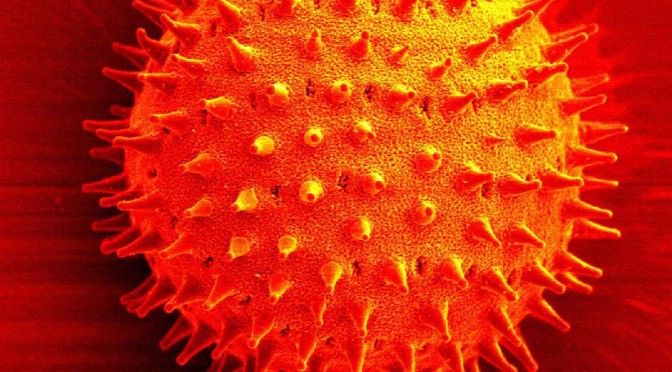
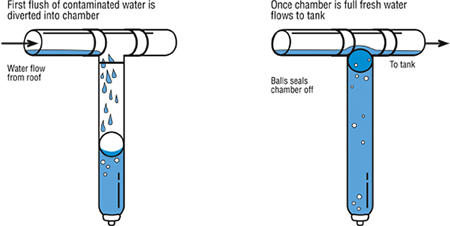
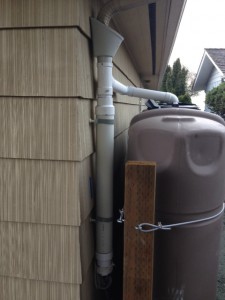 A first-flush diverter helps keep your rainwater harvesting system clean by enabling the removal of dust, other debris, and any fecal matter that collects on your roof and in your gutters between rainfalls, so it is flushed out at the very beginning of the water collection process.
A first-flush diverter helps keep your rainwater harvesting system clean by enabling the removal of dust, other debris, and any fecal matter that collects on your roof and in your gutters between rainfalls, so it is flushed out at the very beginning of the water collection process.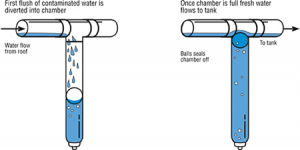
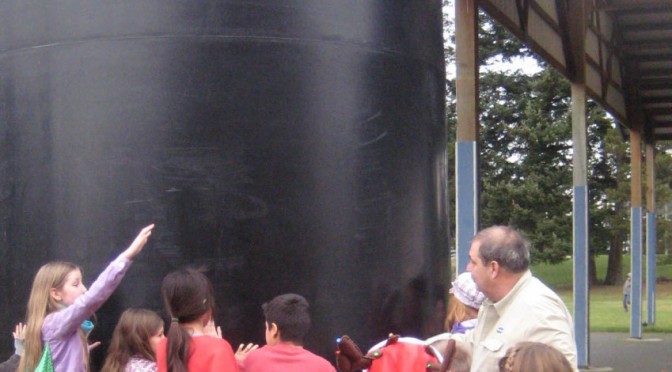
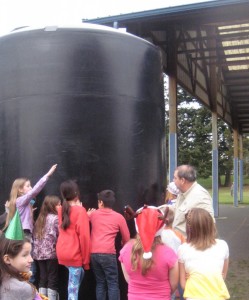
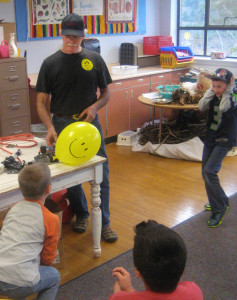 Ken taught a little history of rainwater collection, some science on the natural cycle of rain and a bit of math so the children could calculate how much rainwater they could collect from their home roofs. Each class will make rain gauges so they can monitor how much rain is available to fill their storage tank that RainBank installed last year for their garden-to-lunch program. “I think the children took away the need for them to conserve our resources and I am confident that they will go home and teach their parents. It was a great bunch of kids and I look forward to doing more of this”, adds Ken.
Ken taught a little history of rainwater collection, some science on the natural cycle of rain and a bit of math so the children could calculate how much rainwater they could collect from their home roofs. Each class will make rain gauges so they can monitor how much rain is available to fill their storage tank that RainBank installed last year for their garden-to-lunch program. “I think the children took away the need for them to conserve our resources and I am confident that they will go home and teach their parents. It was a great bunch of kids and I look forward to doing more of this”, adds Ken.